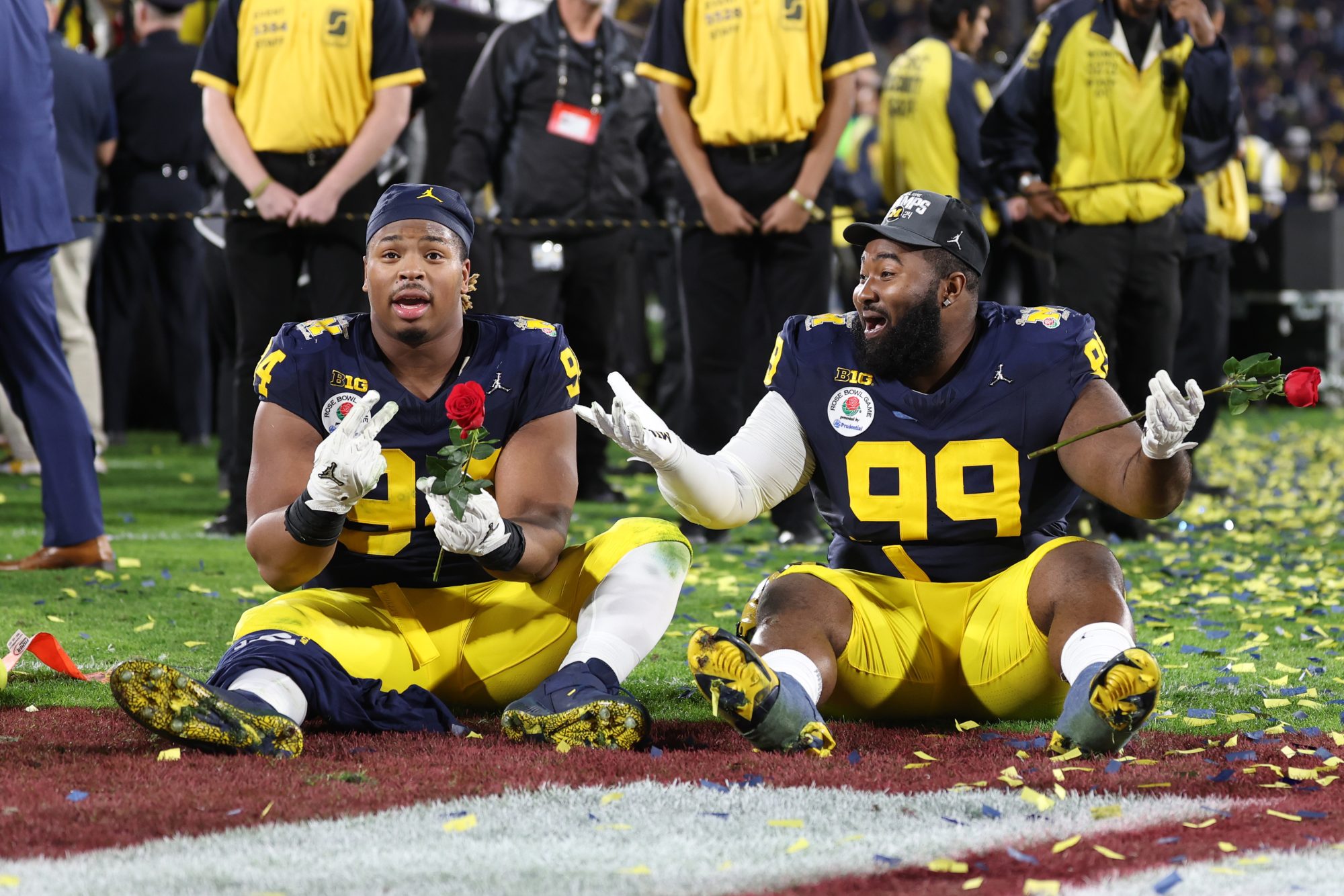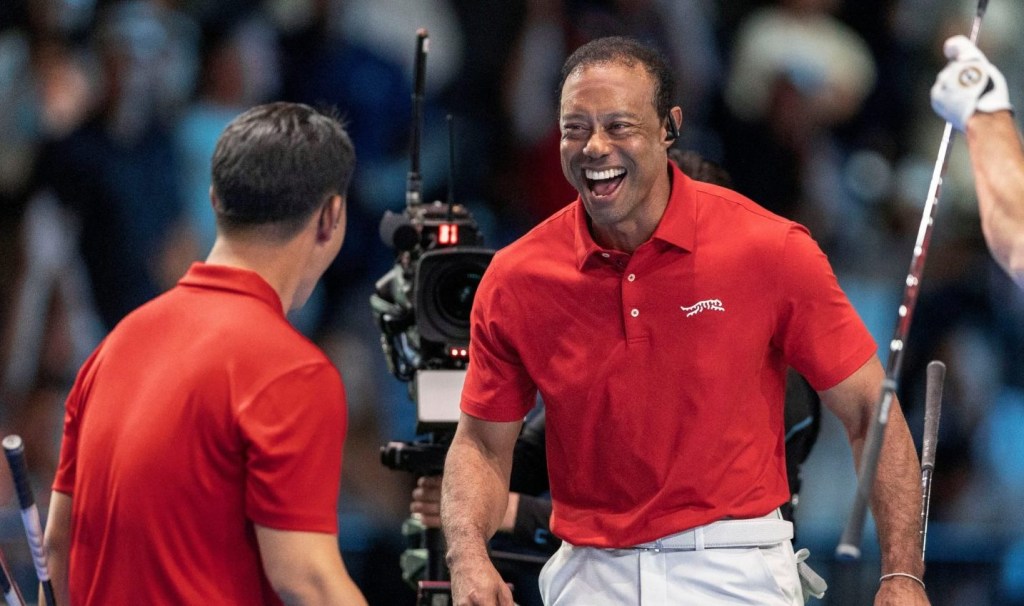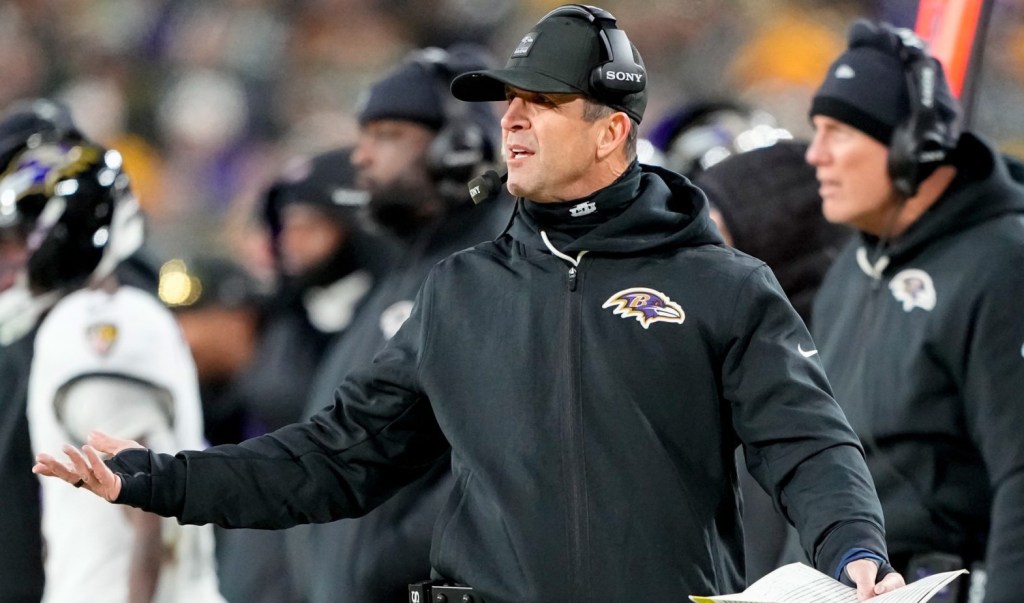A subgroup of the College Football Playoff first presented a 12-team model in June of 2021. It took an entire year for the ultimate decision makers, the Board of Managers, to agree to it. The process was slowed by the drama surrounding that summer’s round of conference realignment—but finally, on the Friday before Labor Day Weekend of 2022, the CFP announced it had voted on expansion starting in 2026 at the latest, when its deal with ESPN expires. By that December, the date had been pushed up to 2024.
But now, less than a year away from that first 12-team postseason, the CFP still hasn’t finalized some of the most important details of the transition. The reason: conference realignment. The Pac-12’s demise this summer created a domino effect of complications, leaving a list of unresolved issues that includes everything from revenue distributions to the selection process. “We’re cutting [that] list,” says the CFP’s executive director, Bill Hancock, who will soon hand over the reins to Lieutenant General Richard Clark. But just a year away from kickoff, that list remains a long one.
Rules of Engagement
Before the Pac-12 collapsed, the CFP had agreed upon a basic “6+6” qualification structure, wherein a half dozen conference champions would receive automatic bids and at-large teams would fill the other spots. The top four teams in a CFP ranking system would receive byes in the first round.
That structure meant that superleagues like the SEC could send as many as seven teams to the playoff, if they had the rankings to show for it, while at least one Group of 5 conference champion was guaranteed a spot, paving the way for the Cinderella effect that has dazzled in March Madness but mostly eluded the CFP.
Going forward, however, there may only be four Power leagues. The Pac-12 leftovers, Oregon State and Washington State, agreed to play a conference schedule with the Mountain West next year, though they won’t participate in the conference championship. It seems inconceivable that the new Pac-2 would get its own CFP slot—and commissioners have already suggested declining an automatic bid for any league without eight members. (That committee includes 10 FBS commissioners plus Notre Dame AD Jack Swarbrick—thought it’s unclear how long George Kliavkoff, the Pac-12’s commissioner, will remain on the board. The Board of Managers, which makes final decisions, is made up of university presidents.)
The proposed solution: adjust to a “5+7” format to accommodate four Power conference champions, one Group of 5 champion, and seven at-large bids. The committee may take a vote on Monday, before the national championship game, Yahoo Sports reported, to confirm this format and the rule about eight FBS teams.
Big Games on Campus
The biggest logistical challenge of the 12-team playoff, Hancock says, will be the four inaugural first-round games, each of which will be hosted by the campus of the higher seed.
The timing here is particularly difficult. The 12-team CFP starts a week earlier than the current model, and ends a week later. Signing day (which takes place in the middle of December) would run right up against the first round of the postseason—which wasn’t an issue with the four-team model. Also: The host schools conceivably could not know for sure whether they’re hosting until the bracket comes out, giving them just a week to finish planning.
As Tennessee coach Josh Heupel asked late last month: “Everything that is going on in those first couple weeks of December, how do you add in preparation for a game of that size and magnitude?”
The CFP does not intend to leave schools scrambling to put on this show. Hancock says his staff is spending the bulk of its time on planning these games. “Ticket sales, lodging, support on campus during December—just things that have never happened before… None of it is insurmountable,” he says. “But that’s where the work will be done.”
Cashing In
The CFP’s prize distribution system was problematic even before the Pac-12 broke up. This season, the organization will award about $80 million to each Power 5 conference, to be split up in whichever way they chose, and $100 million to be split equally among the Group of Five. But the conferences demanded that system change for the 12-team playoff. Power conferences wanted to ensure that distributions wouldn’t be diluted now that they’ve expanded, as multiple outlets previously reported, and some Power 5 administrators complained that all Power leagues get the same amount regardless of how many teams qualify. The CFP has promised to placate them on these issues by making distributions per-school, rather than per-conference. But the much-less-leveraged Group of 5 is stuck with the same distributions.
Now that the Pac-12 is down to two schools, there’s another problem: The leftover universities would only receive their two per-school distributions. And even those allocations aren’t guaranteed until the committee comes to some agreement.
In another realignment-related wrinkle: As other reports have pointed out, SMU will go from the AAC to the ACC next year, becoming the only Group of 5 school to jump to a Power conference in this new CFP era. And they may not get a full Power 5 distribution immediately. The board might take a vote during Monday’s meeting, Yahoo Sports reported.
This model is only temporary. The CFP will go back to the drawing board completely on distributions in 2026 after it inks a new media contract.
A New Deal
Despite all these unknowns, one thing is certain: The CFP is going to cash in big on its next media rights deal. The current contract with ESPN pays out an average of $470 million per year. The next deal, which would start in 2026, will likely be worth at least double that amount, if not more.
This past fall, multiple networks and streamers—including NBC, ESPN, Fox, Warner Bros. Discovery, Amazon, and Apple—expressed interest in buying a slice of the playoff, as Front Office Sports previously reported. A new deal would likely feature more than one network, which could mean a championship game that rotates through a mix of broadcasters and/or streamers. Fox is gearing up for a big push for some—or all—of the media rights, setting up a potential showdown between the two members of college football’s broadcast duopoly, as FOS recently reported. (ESPN, for its part, had no comment on this development.)
The CFP has time to work that all out. But in the interim, they have to ink a small media contract for their 2024 and 2025 first-round games, which, currently, no one has the rights to. (Because the quarterfinals will be played as New Year’s Six games, ESPN has absorbed those rights.) These conversations are ongoing, and ESPN is still in the mix, says Nick Dawson, ESPN’s Senior VP of College Sports Programming. But another network could swoop in.
This all leaves the CFP with plenty to sort out between now and next December. But Hancock expects the CFP to have all the details ironed out by a familiar deadline: Labor Day.

















